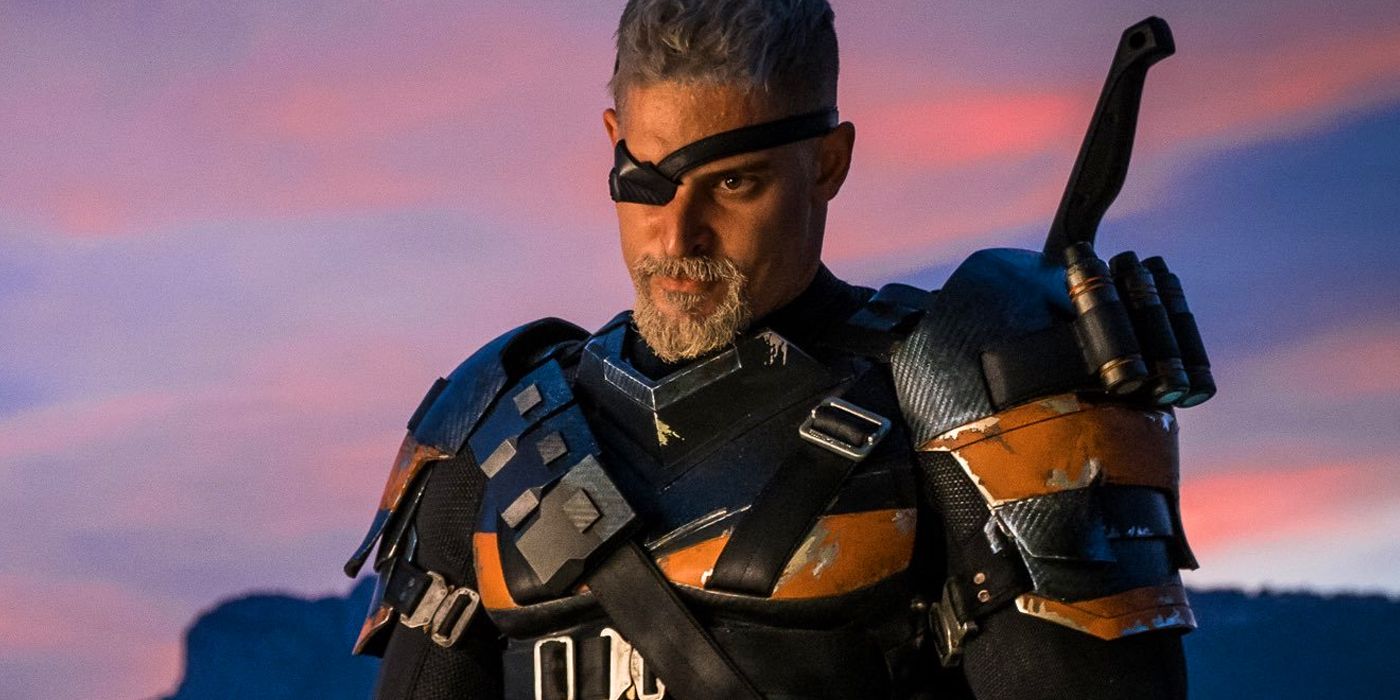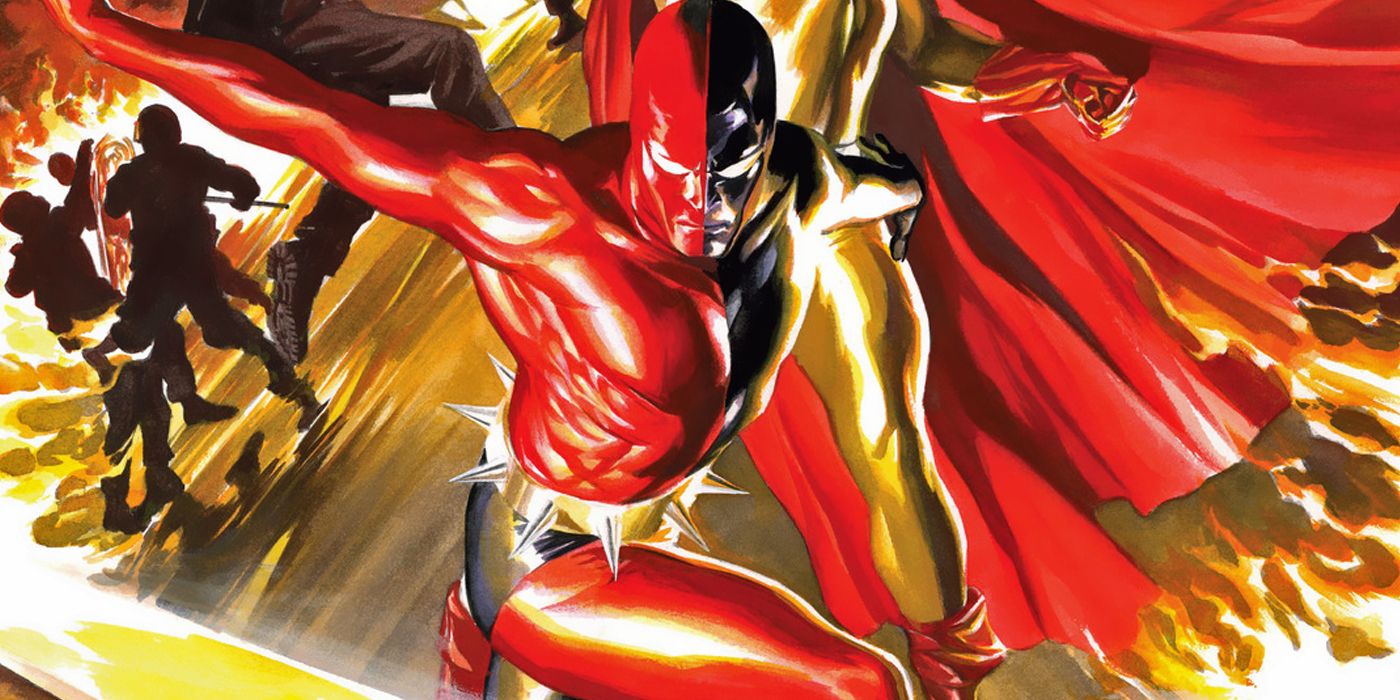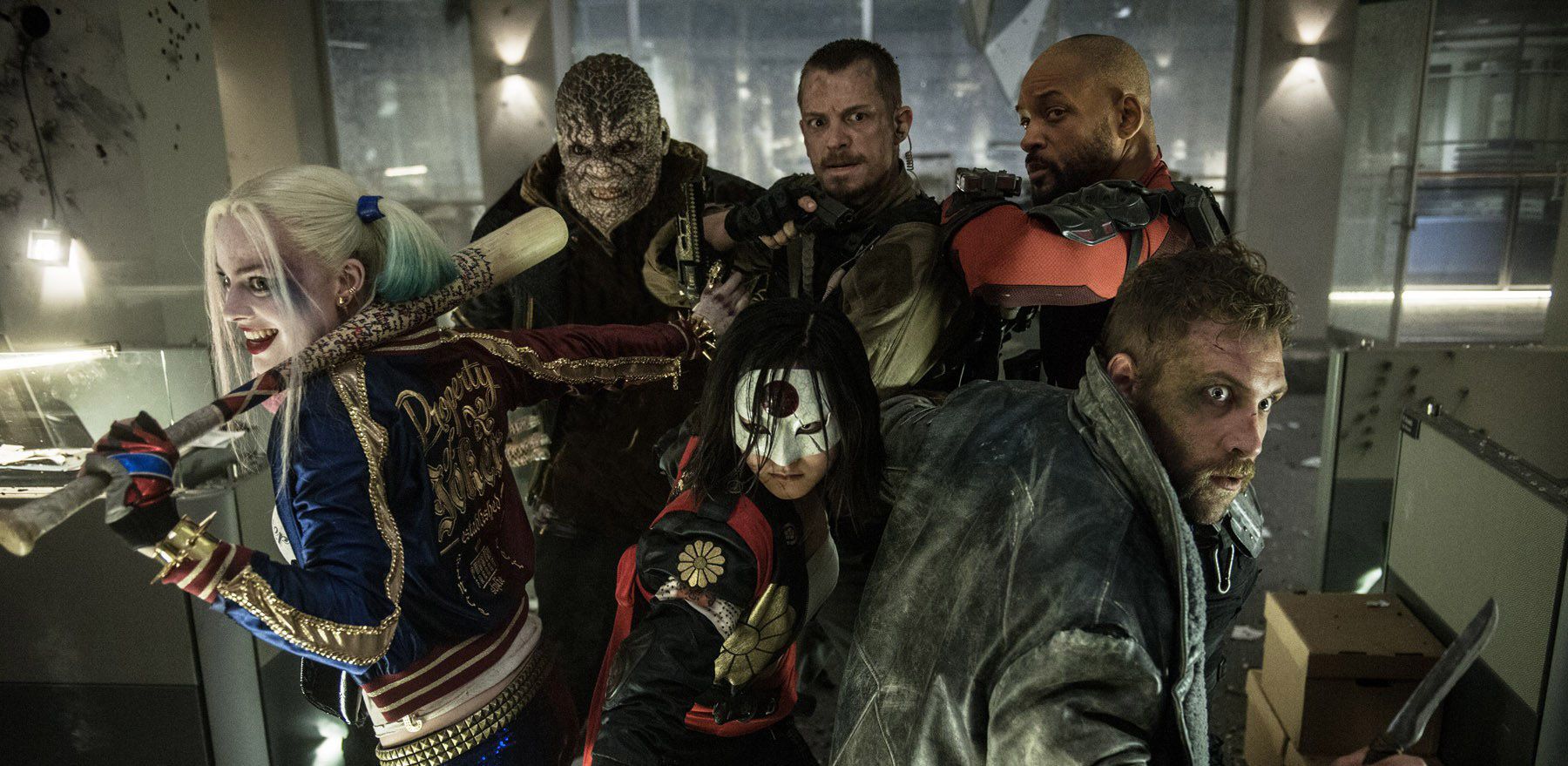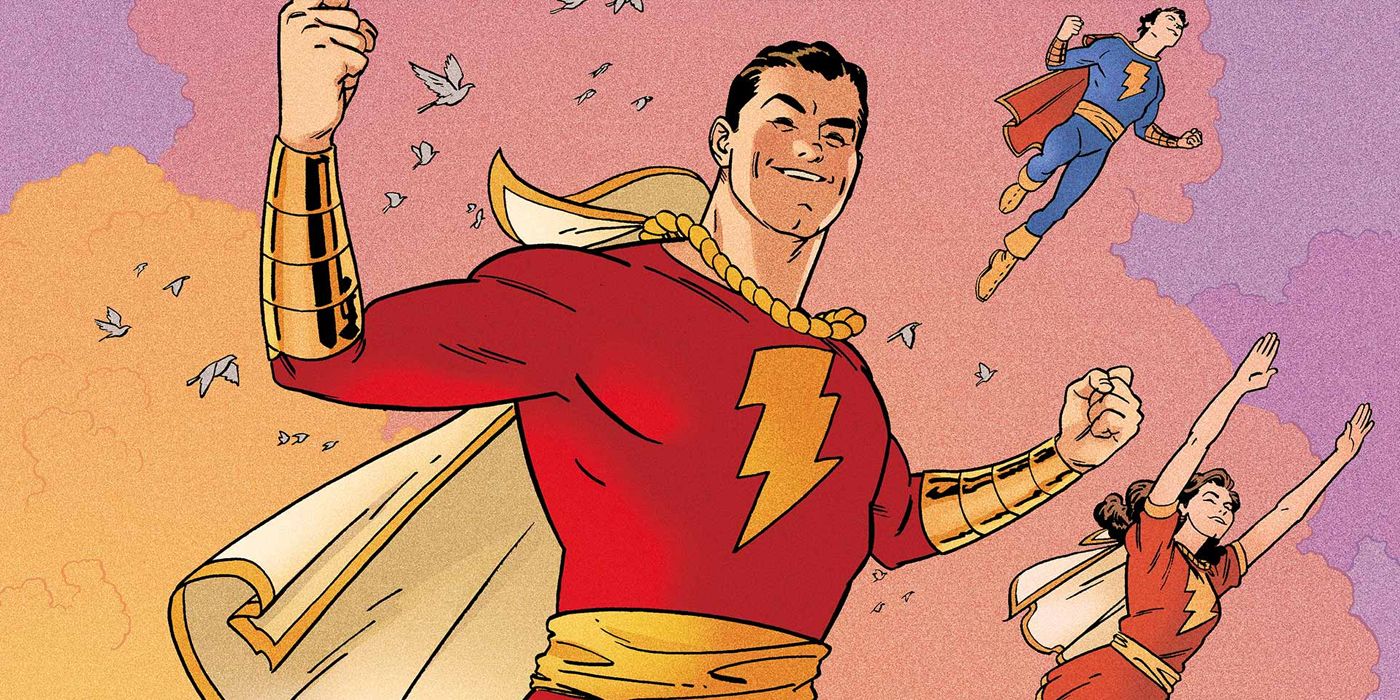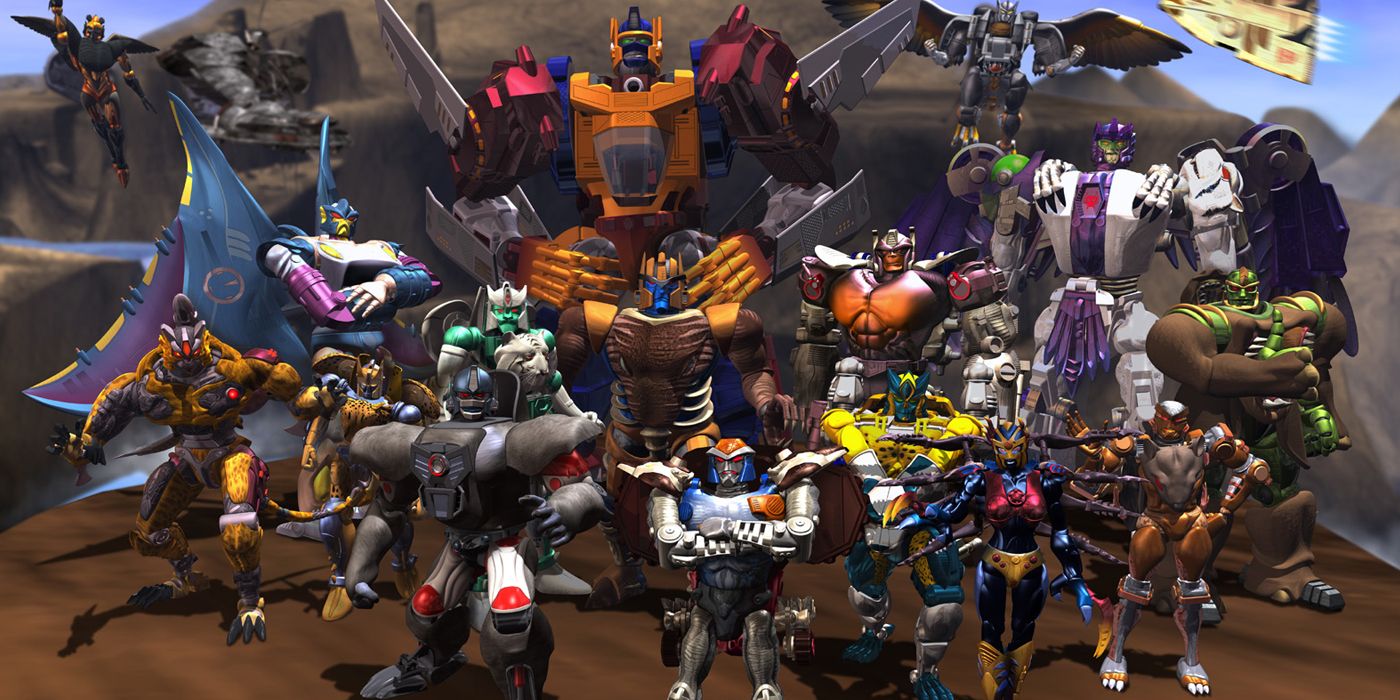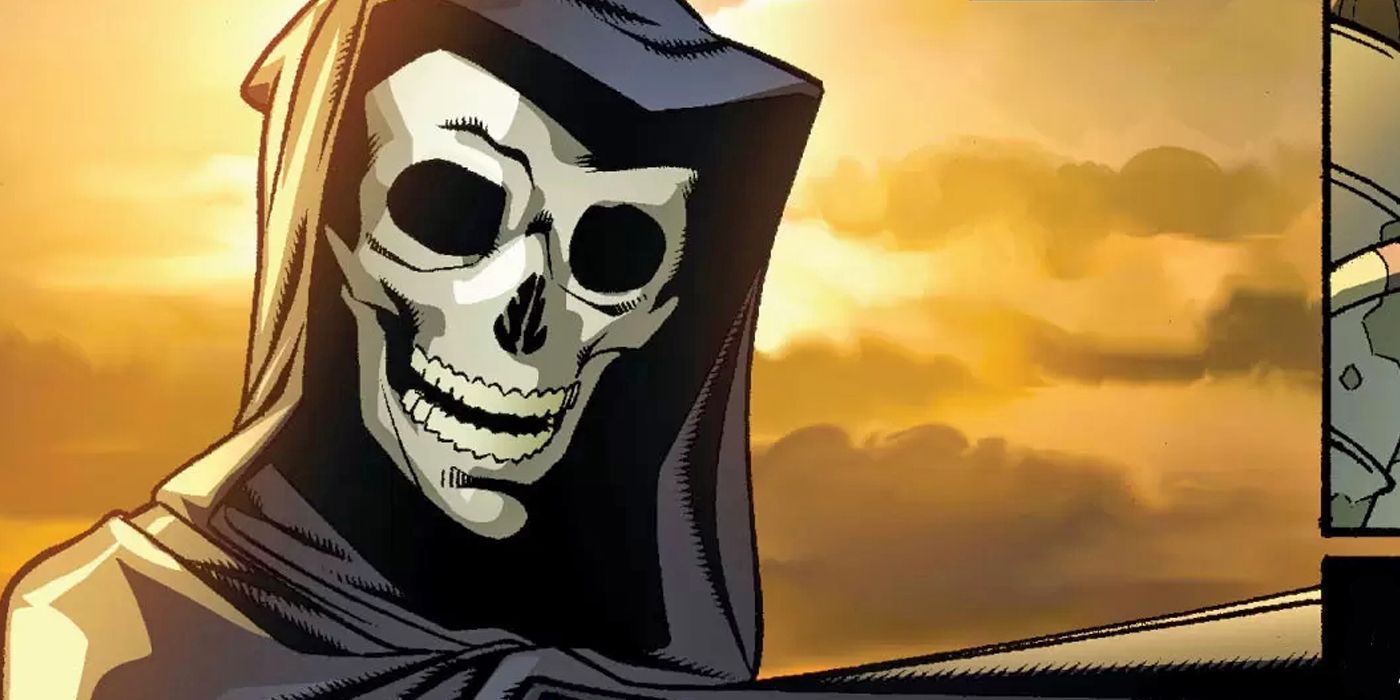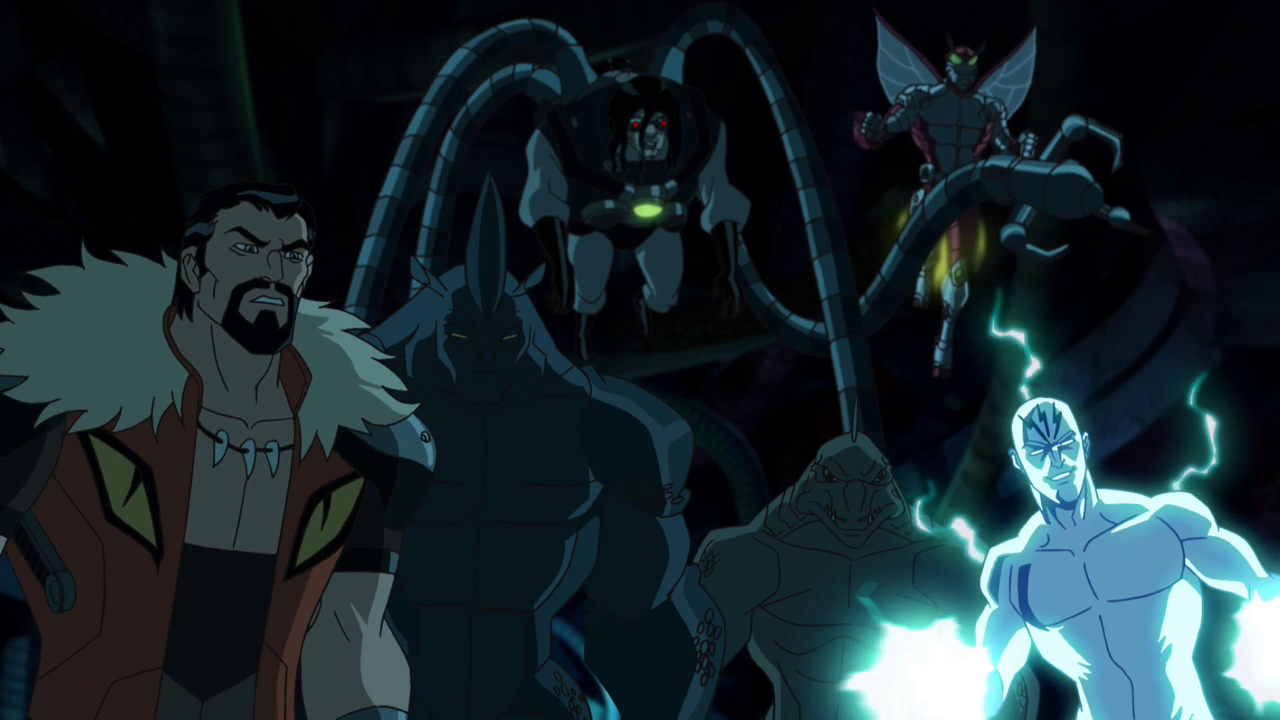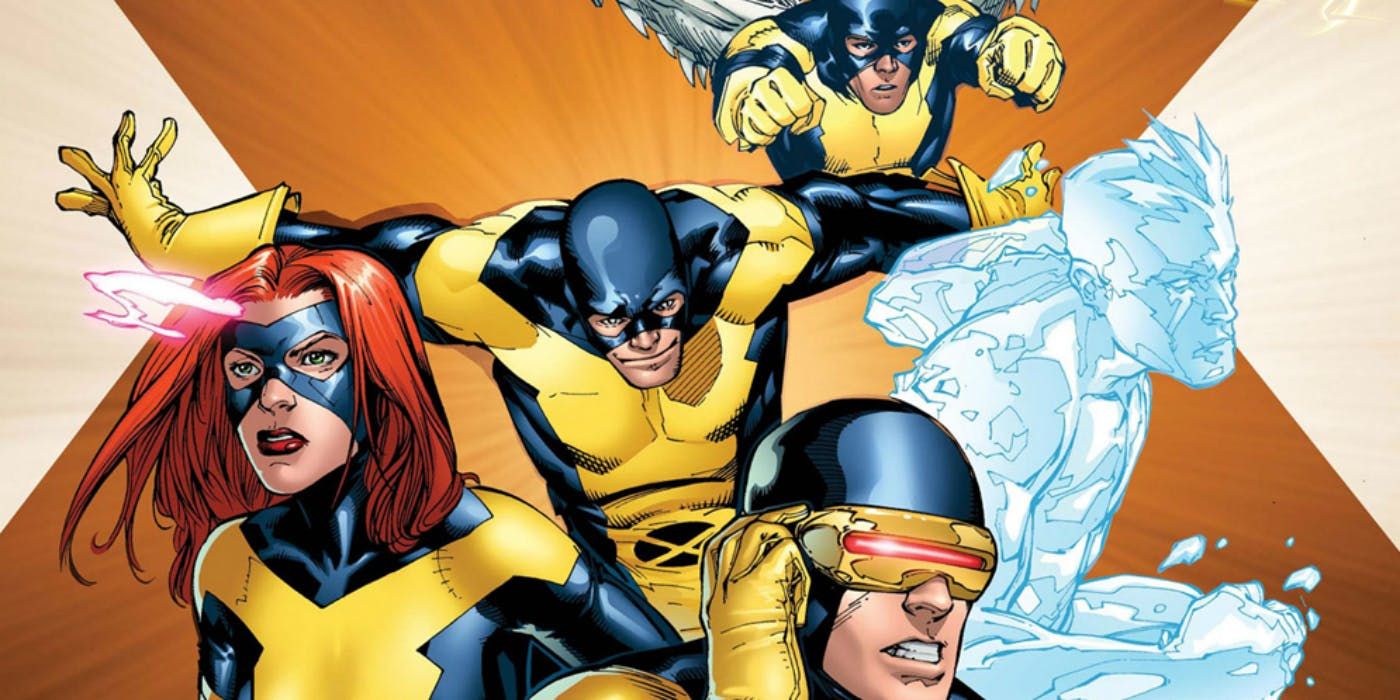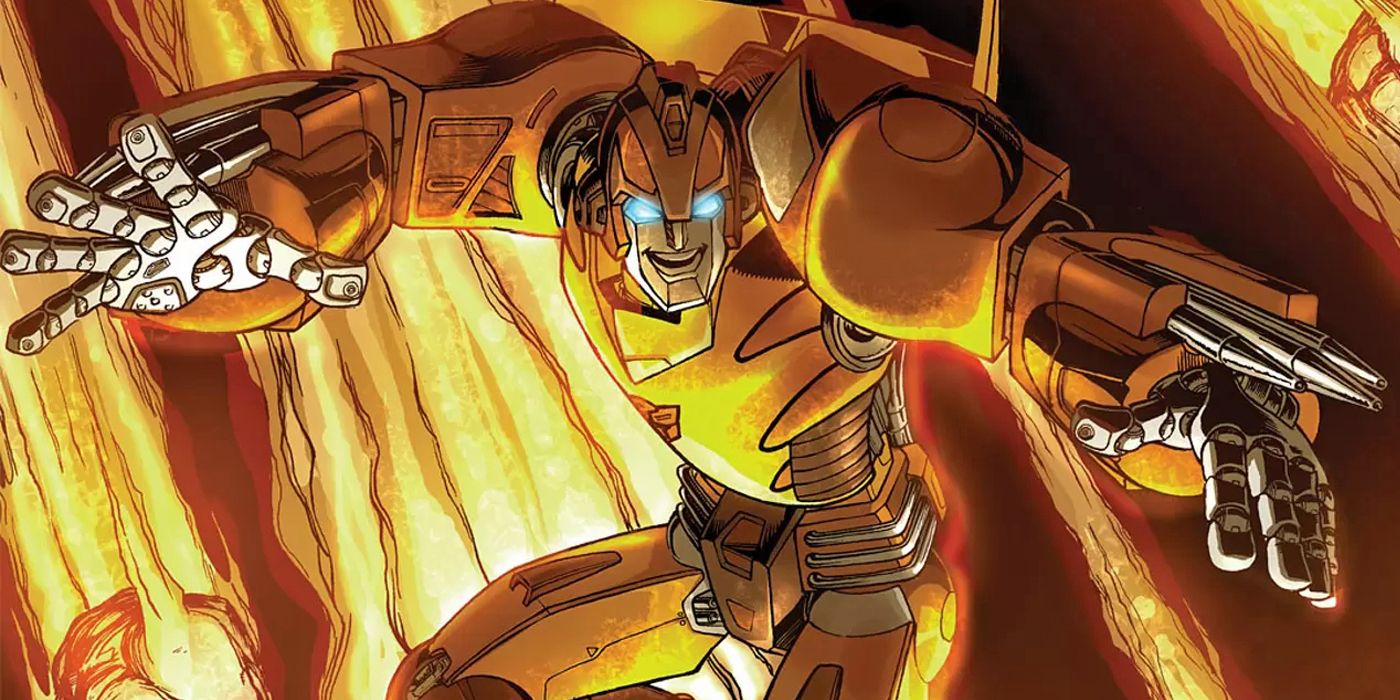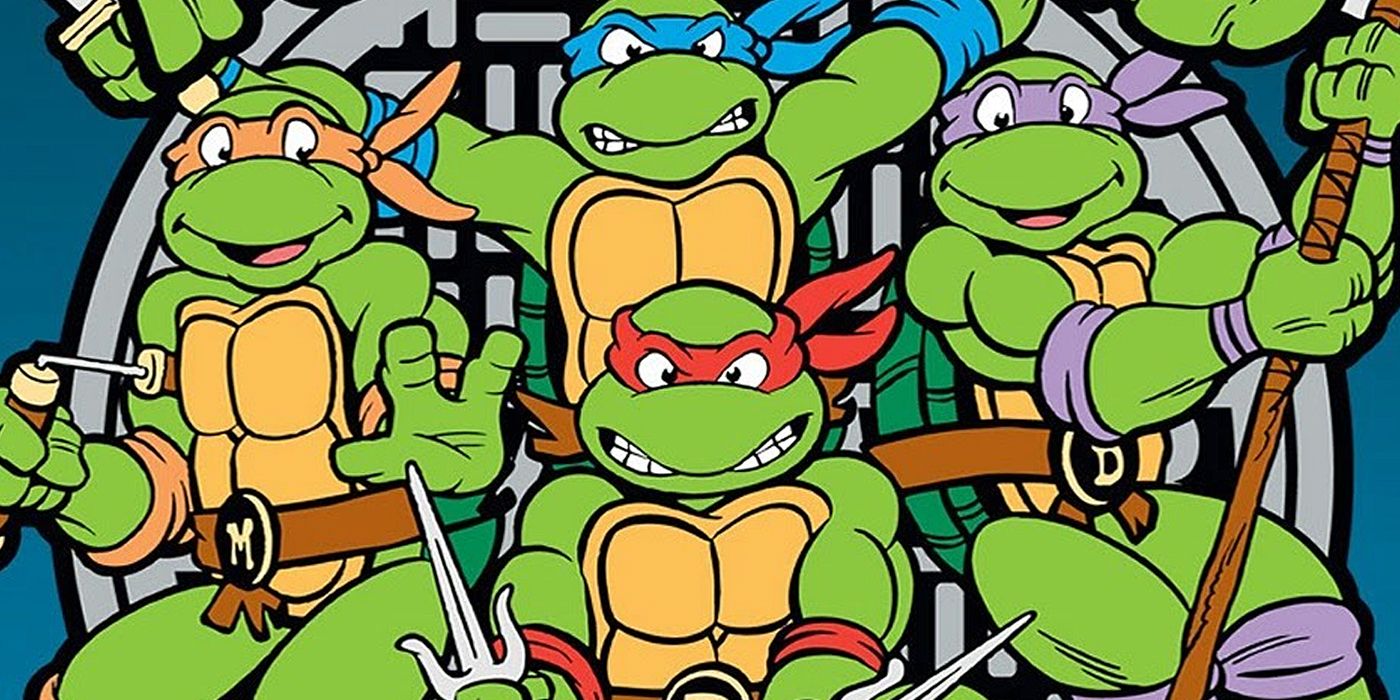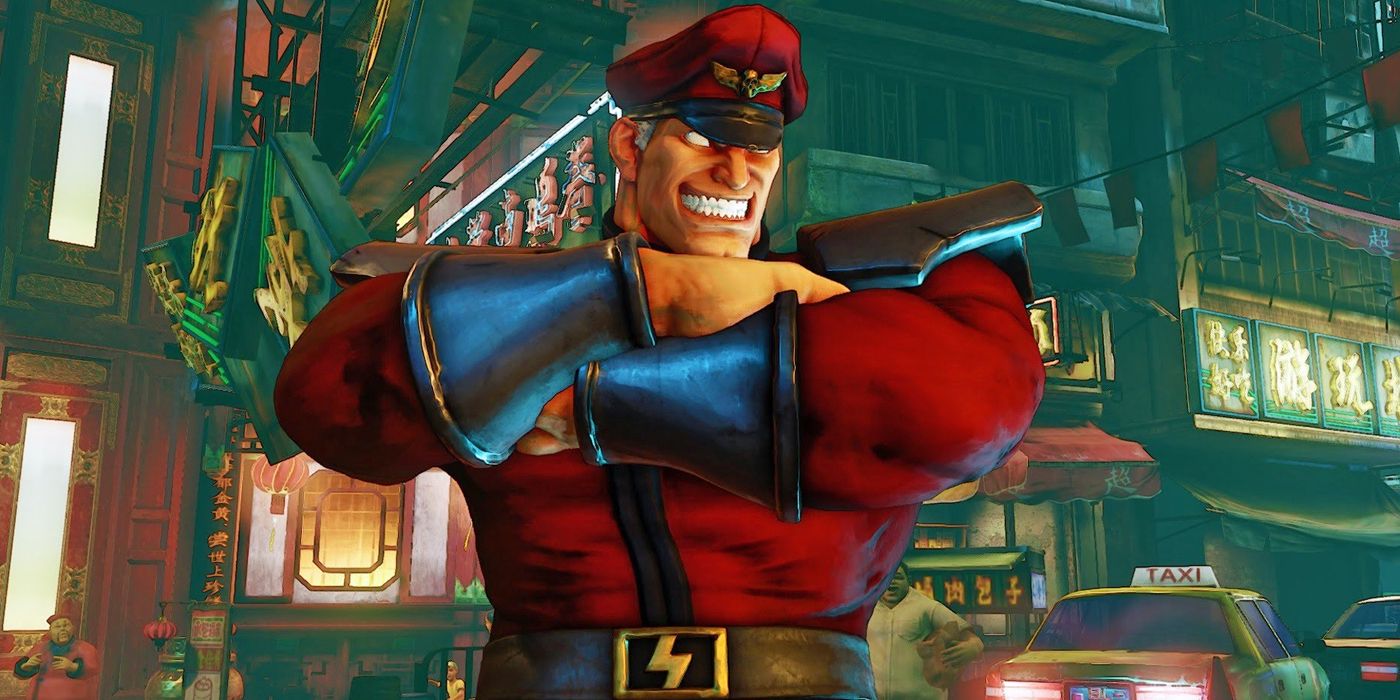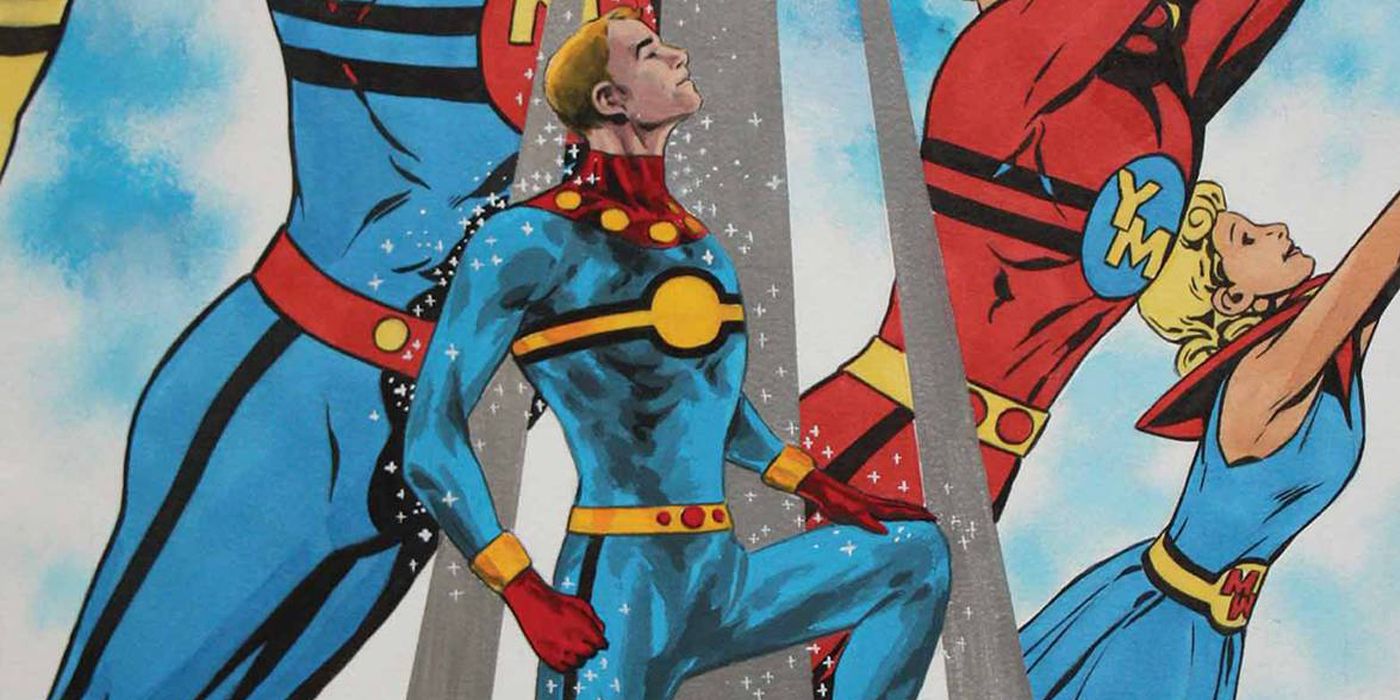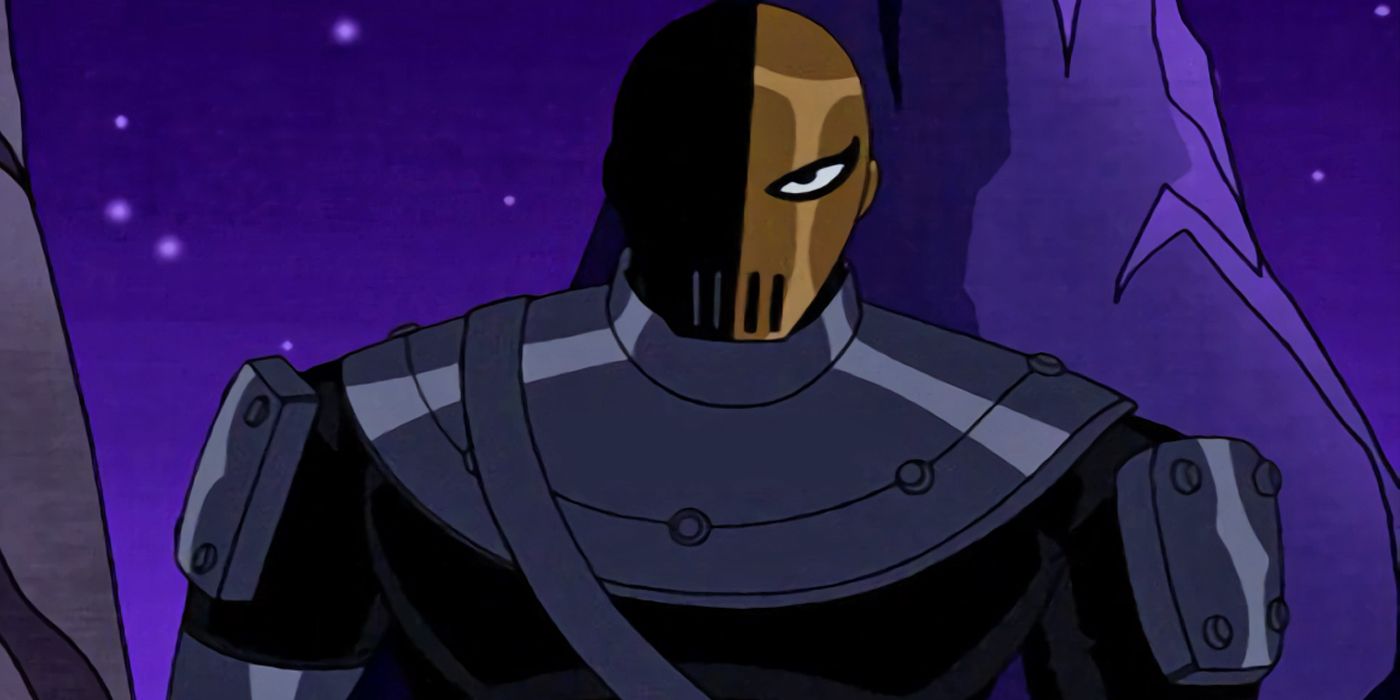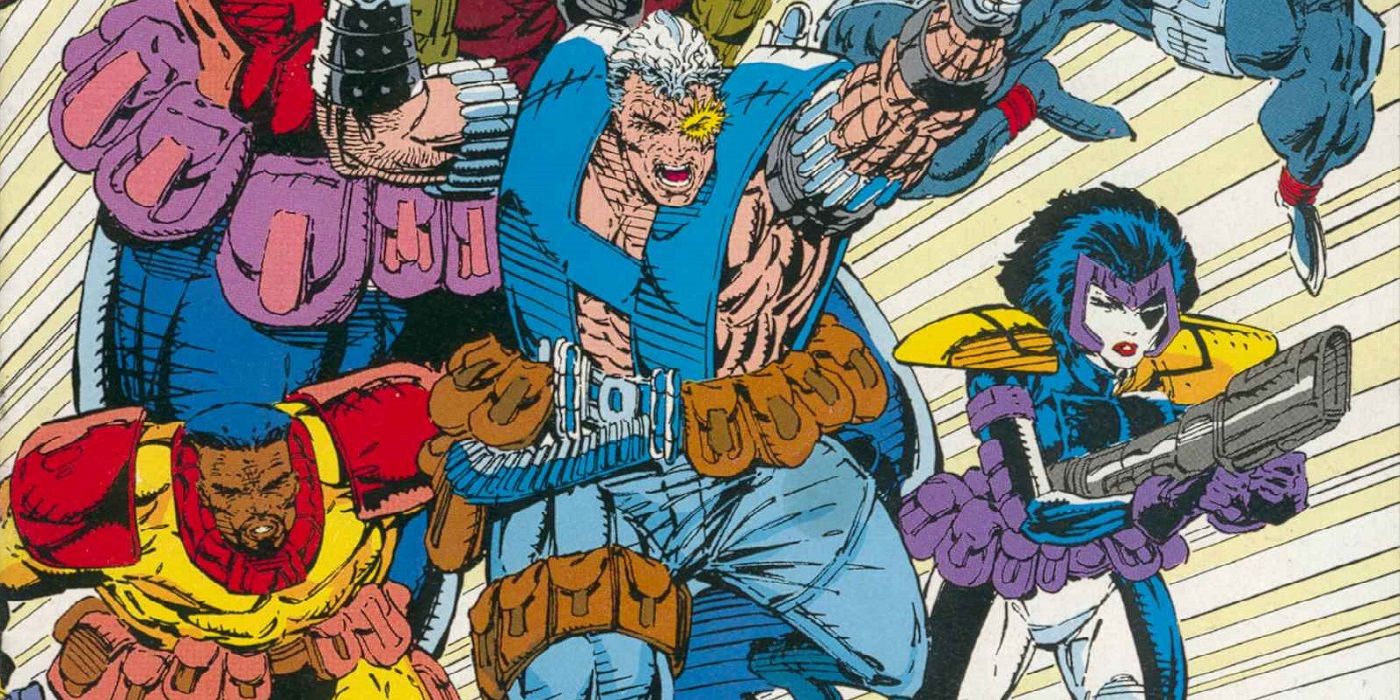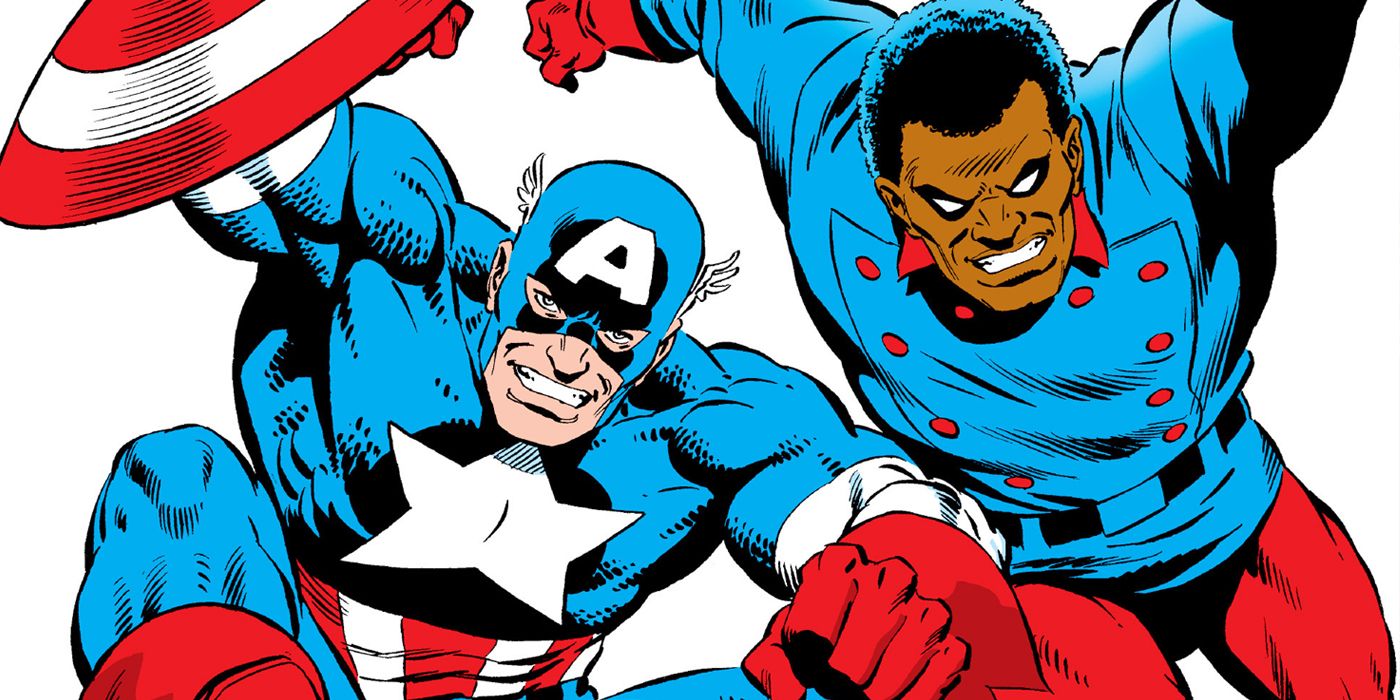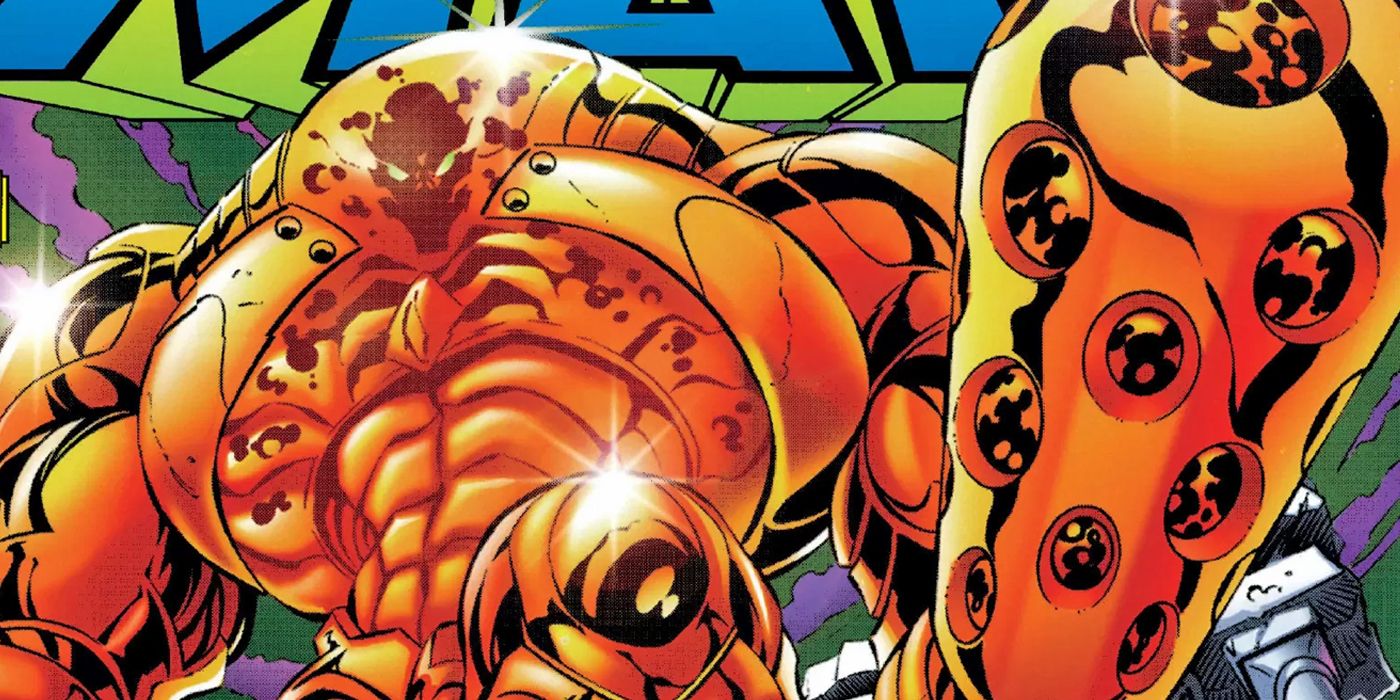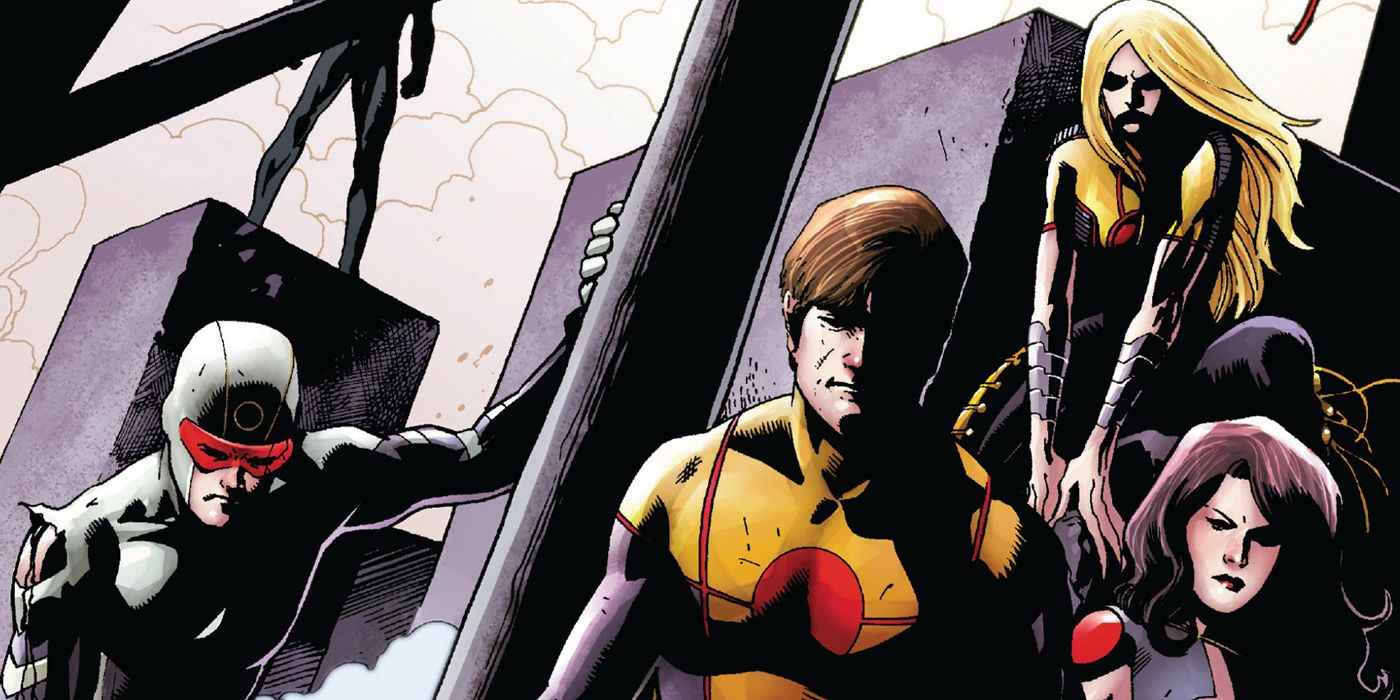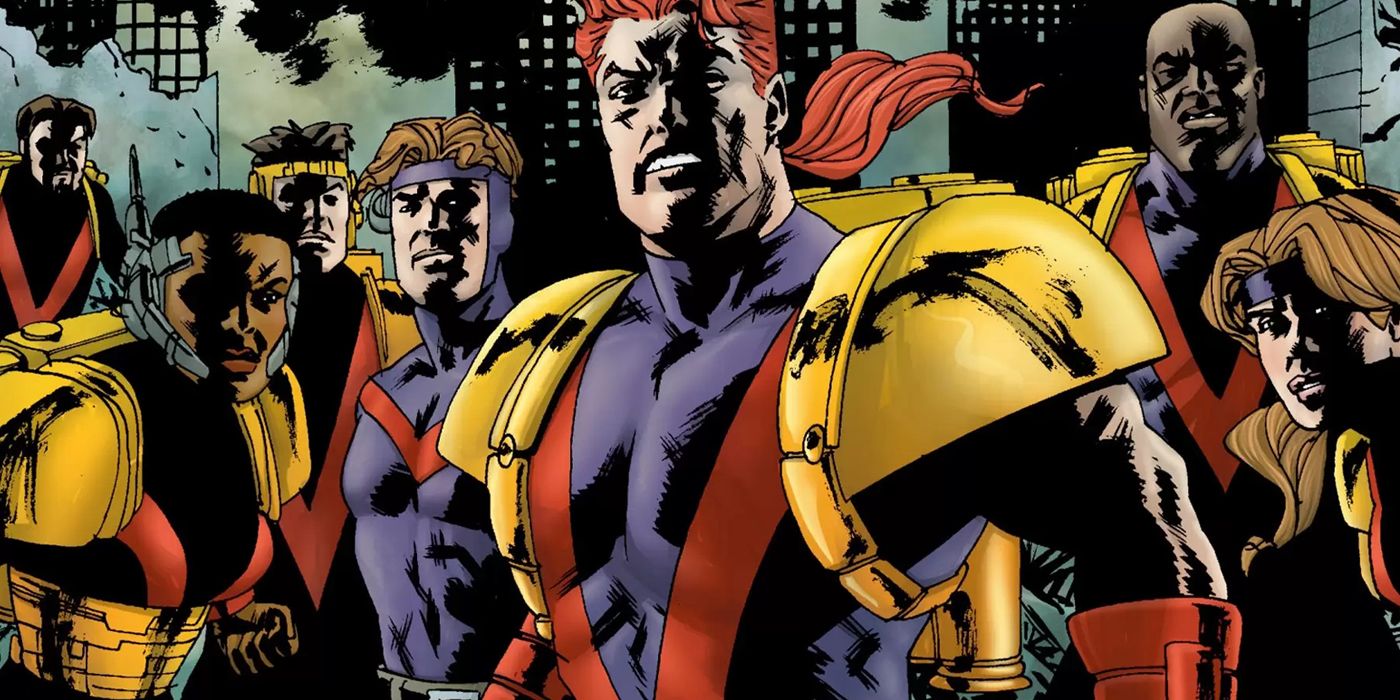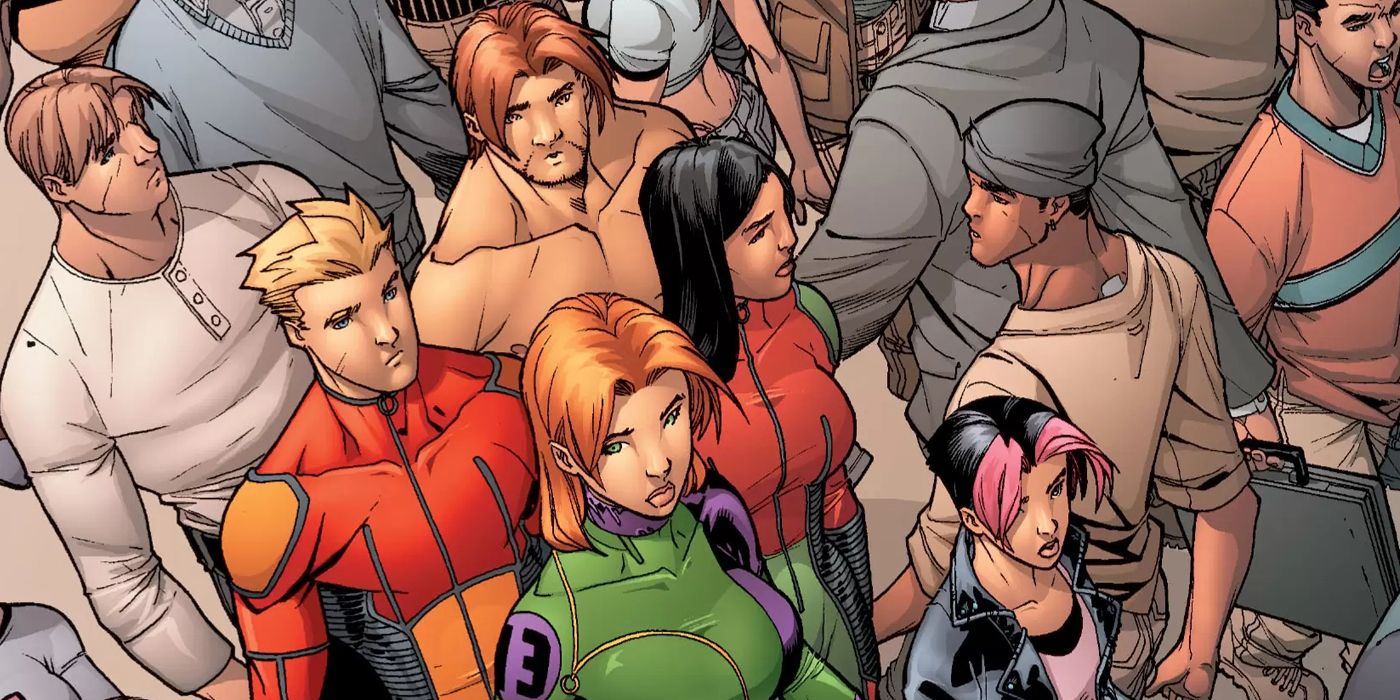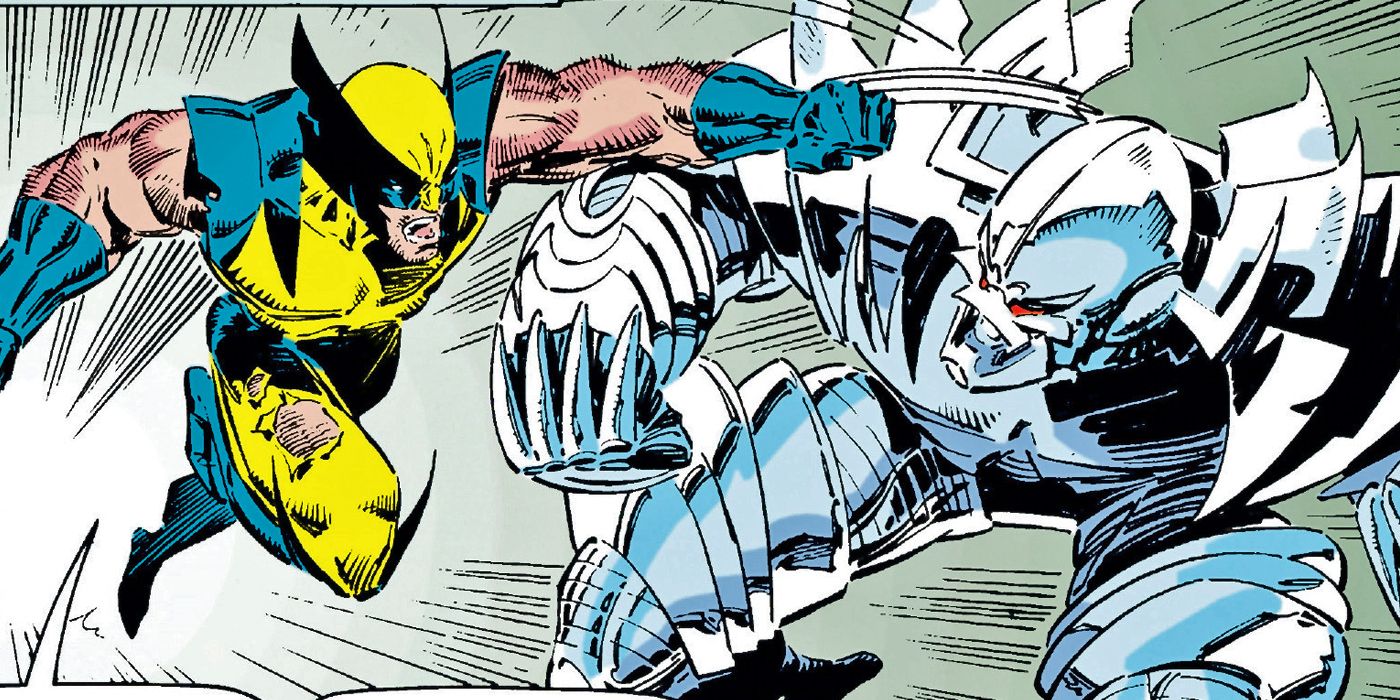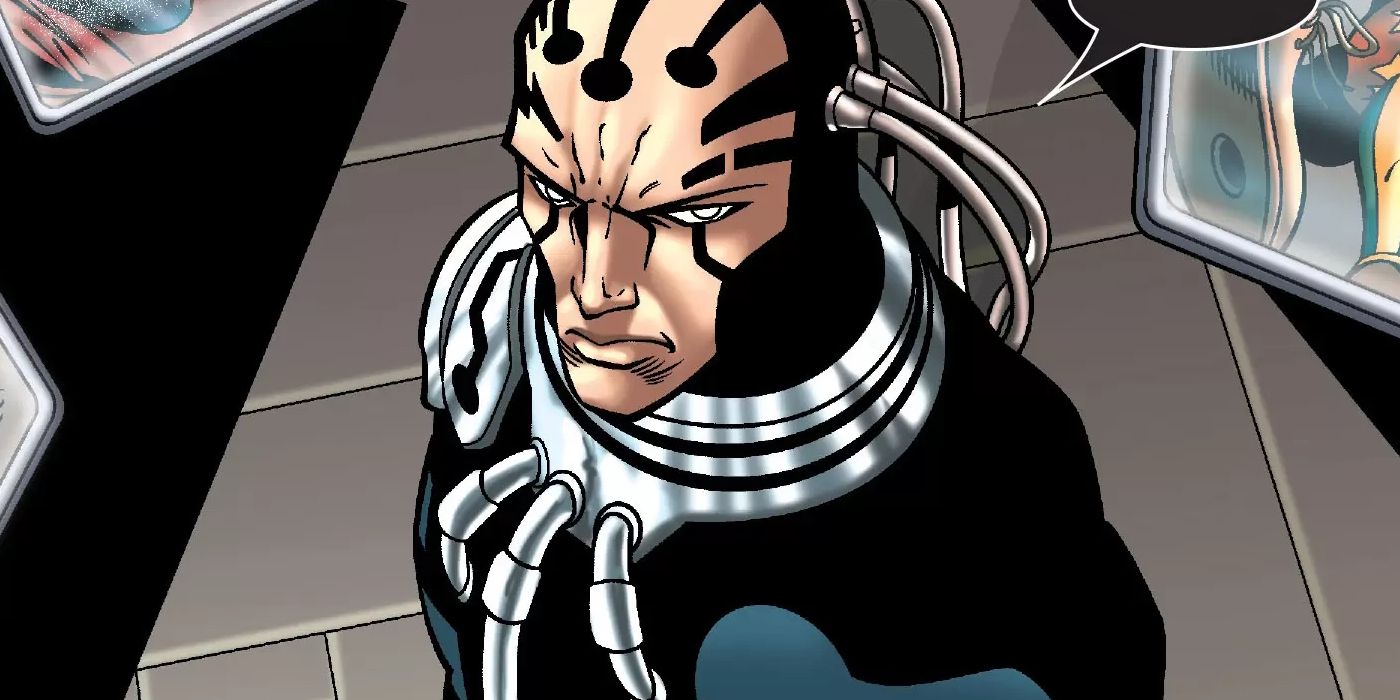In the realm of superheroes, names are a really big deal. For most characters, a heroic or villainous alter-ego can represent their powers, their outlook on the world or how they see themselves. For characters who find success in comics, TV or film, their names can become instantly recognizable household phrases that appear in toy aisles and on TV screens all around the world. Without a good name, a hero or villain can be dead on arrival, but a superhero with a perfect name can reshape the English language. With distinctive one-world names, some truly iconic characters like Wolverine and the Hulk have even defined what those words mean in the modern cultural lexicon.
However, various factors in the real-world or the universe of a story can force characters to change their identities. Now, CBR is taking a look back at the heroes and villains who were forced to change or censor their controversial names. Usually, these name changes happen for one of a few reasons. In cartoons or products targeted at kids, content restrictions might force creators to change a character or team's name to something that's deemed more appropriate for a younger audience. Along with concerns about marketing or branding, legal concerns involving complex trademarks and copyrights can also compel characters or teams to take on different names. In addition to editorial mandates and in-universe reasons, all of these factors can work together to force a character, a team or even an entire series to take on a brand new identity.
21 THE ORIGINAL DAREDEVIL
Years before Matt Murdock became Marvel's Daredevil, Jack Binder created a boomerang-slinging hero called Daredevil in 1940's Silver Streak #6. After being refined by future Plastic Man creator Jack Cole, the Lev Gleason hero enjoyed a successful run for a decade until he fell into obscurity and, eventually, into the public domain.
Since he's in the public domain, anyone can legally use the original Daredevil in a story.
However, Marvel has a firm grip on trademarks involving comics called "Daredevil," and a few publishers gave the original Daredevil a new name. In the 1980s, AC Comics called the hero Reddevil, and First Comics called him Doubledare. As part of its 2008 Project Superpowers franchise, Dynamite Entertainment called him the Death-Defying 'Devil in his own series.
20 TASK FORCE SQUAD
Even before Suicide Squad introduced moviegoers to Margot Robbie's Harley Quinn in 2017, the group of semi-reformed supervillains was still one of the more prominent superteams in the DC Universe. After John Ostrander, Len Wein and John Byrne introduced the modern version of the team in 1987's Legends #3, the group starred in a critically-acclaimed comic book that ran for five years.
However, the phrase "Suicide Squad" isn't exactly ideal for a kid-friendly cartoon.
When the makers of Justice League Unlimited brought the Suicide Squad into the DC Animated Universe, the team went by its official government name, Task Force X. While the team never went by its comic book name, it was simply called "The Squad" on a few occasions.
19 CAPTAIN MARVEL
When he was created by Bill Parker and C.C. Beck in 1939's Whiz Comics #2, the young Billy Batson turned into the Fawcett Comics superhero named Captain Marvel by saying the magic word "Shazam!" However, DC Comics launched a costly suit against Fawcett that claimed that the hero was a rip-off of Superman.
Because of the suit, Fawcett stopped publishing Captain Marvel in the mid-1950s. In the 1960s, Marvel Comics introduced an alien hero named Captain Marvel and trademarked the character's name. By the time DC got the rights to Fawcett's Captain Marvel in the 1970s, it couldn't publish a series with the hero's name. After his adventures appeared in series like Shazam! for years, DC renamed the hero Shazam to simplify matters in 2012.
18 BEASTIES JUST DOESN'T SOUND AS COOL
While the first generation of Transformers centered on cars that were "Robots in Disguise," the Transformers franchise took a more primal turn in its next major incarnation. Starting in 1996, Beast Wars: Transformers offered a new take on the concept with alien robots who transformed into various types of animals. For three seasons, the heroic Maximals battled the evil Predacons on a prehistoric Earth in a cult-favorite animated series with remarkably sharp writing.
Thanks to the Vancouver-based Mainframe Entertainment, Beast Wars had then-advanced CGI animation. However, the show wasn't called Beast Wars in its home country. In Canada, the series was called Beasties: Transformers since the word "wars" was considered too strong for children's programming at the time.
17 LADY CHAOS
Although she didn't play a role in Avengers: Infinity War, Marvel's Death is usually the reason that Thanos wants to destroy the universe. In Jim Starlin, Ron Lim and George Perez's The Infinity Gauntlet, the Mad Titan even erased half of all life in the universe to impress Mistress Death, the living personification of death and the object of Thanos' affections.
Since they're prominent cosmic beings, Thanos and Death both made appearances in 1998's Silver Surfer: The Animated Series. To appease the Fox network and make Death more kid-friendly, she was renamed Lady Chaos in the short-lived cartoon. Instead of representing Death, the green-haired villain was the embodiment of "chaos" who was trapped as a statue until Thanos spread enough chaos throughout the universe.
16 NOT SO SINISTER
By the mid-1990s, increased public concern about the level of violence in children's entertainment caused American TV network censors to crack down on the kind of content that was allowed on air. While early '90s shows like X-Men: The Animated Series and Mighty Morphin' Power Rangers pushed boundaries, later shows, including Spider-Man: The Animated Series, had to follow strict content guidelines.
While the Sinister Six is one of Marvel's most famous villain teams, Spider-Man's villains were called the Insidious Six when the teamed up on Spider-Man in 1995. Although X-Men featured a character named Mister Sinister, censors wouldn't let the show use the word "sinister." Still, Doctor Octopus, Rhino, Shocker, Chameleon, Scorpion and Mysterio still gave Spider-Man plenty of trouble, regardless of their team's name.
15 THE MUTANTS, OR "INSERT GENERIC NAME HERE"
After coming up with scientifically-dubious origins for most of Marvel's 1960s heroes, Stan Lee and Jack Kirby took a more simple approach to explain the X-Men's fantastic abilities. Instead of going through a complex process to acquire their powers, these heroes were mutants who were simply born with fantastic abilities.
In an often-repeated story, Lee claimed that he originally wanted to call the team "The Mutants."
However, Marvel publisher Martin Goodman allegedly rejected the idea and said that readers wouldn't know what a "mutant" was. Since the group was formed by Professor X and had "extra" powers, Lee suggested "X-Men" as a last-second alternative. Goodman liked this idea, and 1963's X-Men #1 explained that the group was named after its members' "extra" powers.
14 HOT RODIMUS
Over the years, Hasbro has had more than a little trouble with the names of certain Transformers. Since Transformer names that are also common words like "Jazz" can be tough to trademark, Hasbro might add descriptors like "Autobot Jazz" to make things easier.
Hasbro has had an especially tough time with the names of Transformers like Hot Rod.
While the young Autobot was originally named Hot Rod, he was renamed Rodimus Prime in 1986's Transformers: The Movie. Since Mattel, Hasbro's chief rival, has filed several trademarks like "Hot Rods" and "Hott Rodd" as part of its Hot Wheels toy line, Hasbro has occasionally had to refer to Hot Rod by names like "Rodimus Prime," "Rodimus Major" or simply "Rodimus" across various toy lines.
13 FREAKY ADOLESCENT REPTILIAN FIGHTERS?
While the Teenage Mutant Ninja Turtles might be international icons thanks to their radical, gnarly and occasionally bodacious antics, the Turtles hit a few speed bumps on the road to world domination. When the Turtles were at the peak of their popularity in the late 1980s, the BBC acquired the rights to air the hit animated series Teenage Mutant Ninja Turtles in the United Kingdom.
However, some aspects of the show, including the word "ninja," were deemed too violent for U.K. viewers.
Subsequently, the series was renamed Teenage Mutant Hero Turtles in the U.K. Scenes of Michelangelo using nunchucks also had to be edited out, which is why he eventually traded those in for a grappling hook in the show's later seasons.
12 M. BISON = VEGA
When Capcom's Street Fighter II hit arcades in 1991, it revolutionized the fighting game genre, introduced several iconic video game characters and cemented Street Fighter as one of gaming's greatest franchises. After the game's original Japanese release, the names of several characters, including the game's main villain, were changed to avoid a potential lawsuit.
In Japan, the game featured a main villain named Vega, a clawed Spanish fighter named Balrog and an African-American boxer named M. Bison. To prevent any potential legal liability with the real-world boxer Mike Tyson, American developers changed all of the villains' names. The game's main villain became M. Bison, the clawed fighter became Vega and the boxer became Balrog in the American version of that game and its numerous sequels.
11 MARVELMAN
After Fawcett stopped publishing new Captain Marvel stories, Mick Angelo created a similar character called Marvelman for the British comic book market. In the 1980s, Alan Moore, Gary Leach, Alan Davis and others launched a revival of Marvelman in Warrior, a black-and-white comics anthology.
Moore's Miracleman eventually became one of the most critically-acclaimed superhero comics ever published.
When Eclipse Comics began republishing Moore's Marvelman stories in full-color in America , the now-defunct publisher called the series Miracleman and renamed its titular hero to avoid legal trouble with Marvel Comics. After Eclipse went bankrupt, the fate of Miracleman was caught up in a lengthy legal battle. Ironically, Marvel ended up purchasing the full rights to Miracleman in 2013.
10 A STROKE OF DEATH
Before he became one of the most prominent villains in the DC Universe, Deathstroke the Terminator was the Teen Titans' signature foe. After being created by Marv Wolfman and George Perez in 1980's New Teen Titans #2, Slade Wilson used his super-soldier powers and unparalleled fighting ability to operate as DC's most fearsome mercenary and assassin.
Naturally, Deathstroke played a big role as one of the Titans' main villains on the beloved 2003 cartoon Teen Titans. Since "Deathstroke" isn't the most kid-friendly name, he was only referred to by his first name, "Slade," on that show and on its light-hearted follow-up Teen Titans Go! However, Slade has been called Deathstroke on some older-skewing shows like Beware the Batman and Young Justice.
9 CABLE OR SABLE'S WILD PACK
Before Cable formed X-Force from the ashes of the New Mutants, he led a team of mercenaries shortly after he arrived in the present day. Originally called the Wild Pack, this group included Cable, the luck-manipulating Domino, the beastly Grizzly, future S.H.I.E.L.D. agent G.W. Bridge, future Weapon X cyborg Kane and the unremarkable Hammer. Shortly after its 1992 debut in Rob Liefeld and Fabian Nicieza's X-Force #8, Cable's first present-day team had to make a name-change.
At the time, Silver Sable, a Symkarian mercenary who's friendly with Spider-Man, also led a mercenary team called the Wild Pack. Since Sable's Wild Pack was around first and had a trademarked name in the Marvel Universe, Cable's team became the Six Pack for all of its subsequent appearances.
8 TO BUCKY OR NOT TO BUCKY
Over the years, a few different heroes have briefly replaced Steve Rogers as Captain America. In the 1980s, John Walker, who later became U.S. Agent, was Captain America when his old army buddy, Lemar Hoskins, became his new partner.
In Mark Gruenwald and Tom Morgan's Captain America #334, Hoskins was introduced as the new Bucky.
As CBR recently covered in more detail, Hoskins' first superhero identity carried some unintentional racial connotations. Since he was essentially as strong as Captain America, it was also odd for him to take the name of a (seemingly) dead sidekick. After Gruenwald learned all of this, Hoskins was renamed Battlestar in Captain America #341. After Battlestar went solo, he joined Silver Sable's Wild Pack for a few years.
7 TOO MANY TROUBLING HISTORICAL CONNOTATIONS
In the 1990s X-Men epic, "Age of Apocalypse," the Marvel Universe was briefly overwritten by an alternate reality ruled the X-villain Apocalypse. In that world, he had an equally savage son who was introduced as Holocaust in 1995's X-Men: Alpha #1, by Scott Lobdell and Roger Cruz. Since his identity had troubling historical connotations, the character's name reverted back to Nemesis, one of his earlier codenames.
When the character's action figure was released in 1996, he was billed as Dark Nemesis.
In 2005, the character reemerged for a storyline in the reality-hopping series Exiles and was called Holocaust again in the last few issues before his death. However, he was billed as Nemesis again when another action figure of the character was released in 2009.
6 THE ORDER
After Marvel's Civil War ended, every state in the United States was assigned its own government-sanctioned superteam as part of "The Initiative." California's Initiative team was a group of celebrities with superpowers that was originally called the Champions. While the team's name was a nod to a short-lived 1970s Marvel team, Heroic Publishing had the rights to the name Champions at the time since Marvel had let its trademark lapse.
Since the team was going to star in a new series, Marvel changed the team's name to The Order.
Matt Fraction and Barry Kitson's The Order has a short-but-acclaimed 10 issue run. Although the Order faded from memory, Marvel regained the Champions trademark by 2016 and launched a still-ongoing teenage superhero series called The Champions.
5 MAGNETO'S SERVANTS
By the early 1990s, Magneto and his usual henchmen, the Brotherhood of Evil Mutants, had grown apart. In 1991's record-smashing X-Men #1, Chris Claremont and Jim Lee gave Magneto a new team of followers during their iconic X-Men relaunch. Led by the power-enhancing Fabian Cortez, these mutants wore red-and-purple costumes inspired by Magneto's classic look and were devoted to his teachings of mutant superiority.
Naturally, Cortez and the other Acolytes made an appearance on X-Men: The Animated Series in 1995. However, Fox network censors wouldn't allow the word "Acolytes" to be used on the show, likely due to the word's religious connotations. Although they repeatedly referred to their master of "Lord Magneto," the group was only ever referred to as "Magneto's servants" on screen.
4 GEN X
While most of Image Comics' early series were defined by their unrelenting seriousness, Gen 13 was something completely different. Created by Jim Lee, Brandon Choi and J. Scott Campbell, the series followed a group of scandalous young superheroes in stories that had a healthy dose of humor and romance.
When Gen 13 was initially advertised in 1993, the series was called Gen X.
While that title was perfect for that era, it wasn't exactly available. At the time, Marvel was already planning to launch Generation X, an X-Men spin-off about young mutants like Jubilee. Accordingly, Gen X was renamed Gen 13 since it featured the "13th generation of Americans." Gen 13 and Generation X were both successful and eventually crossed over a few years later.
3 S.H.I.V.A.
Even though it's hardly Wolverine's most famous foe, the robot S.H.I.V.A. still had a few memorable scraps with Logan. In Larry Hama and Marc Silvestri's Wolverine #50, Logan was investigating the Weapon X Program for answers about his mysterious past. While searching through an old Weapon X warehouse, Logan unwittingly activated its robot guard, S.H.I.V.A. After Logan defeated the massive teleporting robot, it only reappeared a few more times.
When Wolverine #50 became the partial basis for the 1995 X-Men: The Animated Series episode, "Weapon X, Lies and Videotape," Fox network censors asked the show's producers to rename S.H.I.V.A., likely due to the name's roots in Hinduism. Subsequently, the robot was renamed Talos, in reference to a mechanical guardsman from Greek mythology.
2 BLACK BOX
In one of Deadpool's very first solo adventures, he encountered Garabed Bashur, an electronic telepath who could send, receive and retain any kind of electronic information. Under the name Commcast, he ran a mercenary team called the Executive Elite when he first appeared in Fabian Nicieza and Joe Madureira's Deadpool: The Circle Chase #2. After making three appearances, Commcast received his own action figure from Toy Biz and promptly faded into obscurity after his 1993 debut.
Over the next decade, the real-world company Comcast transformed from a regional cable provider into one of the biggest corporations in the United States. Likely to avoid any confusion with the cable giant, Bashur was given a new, arguably more fitting name, Black Box, when he reappeared in 2004.

